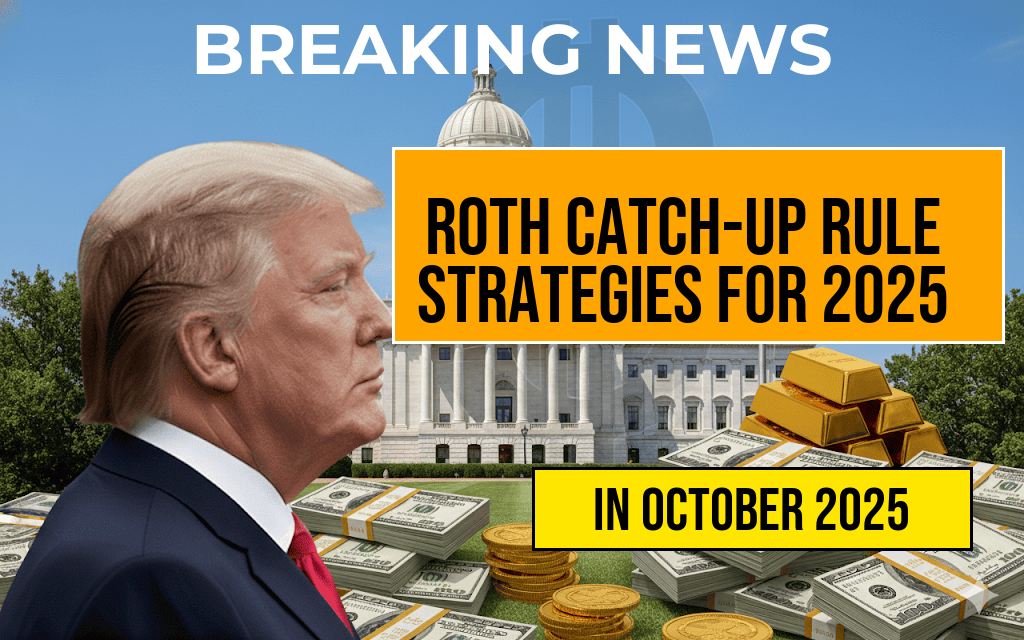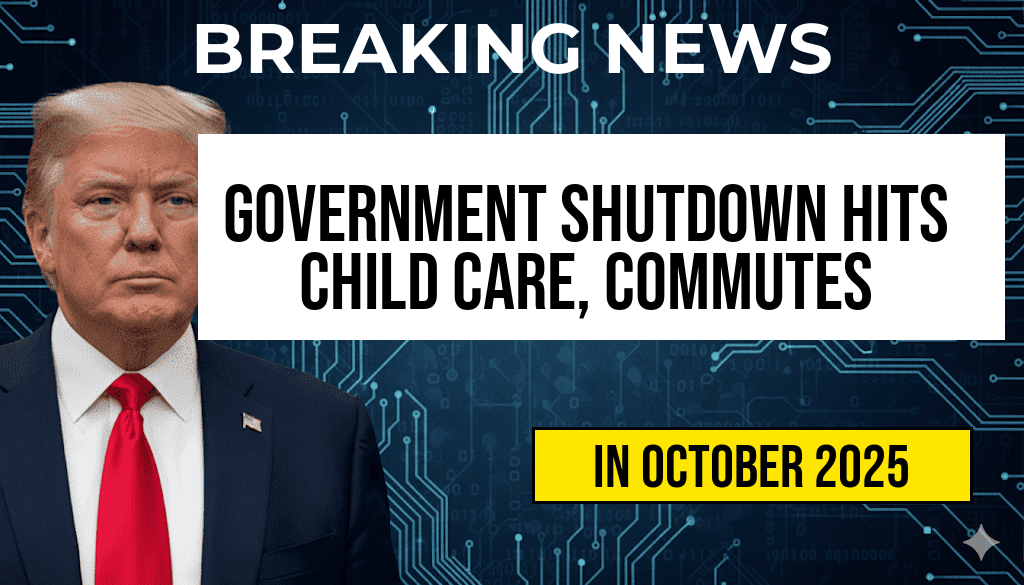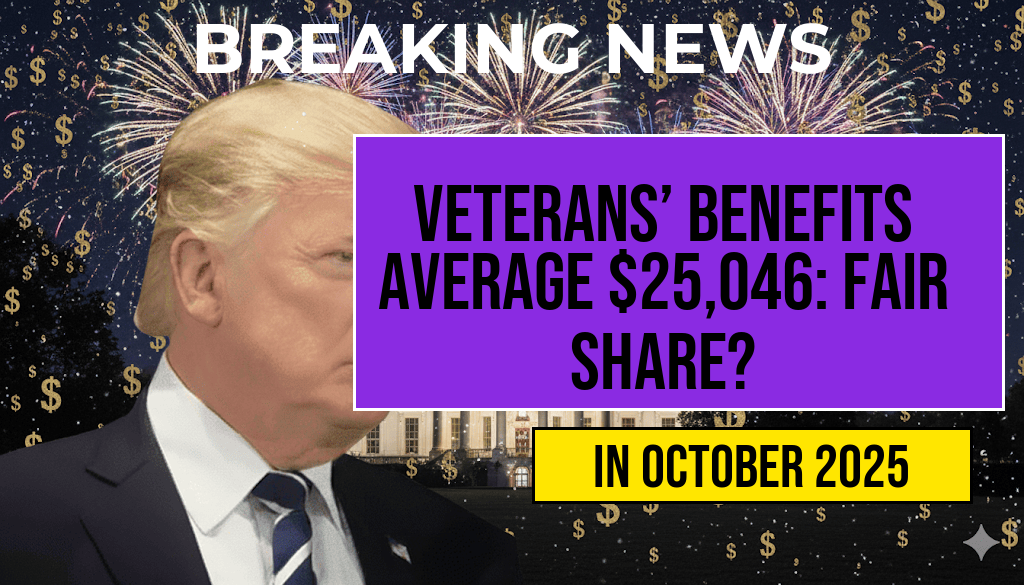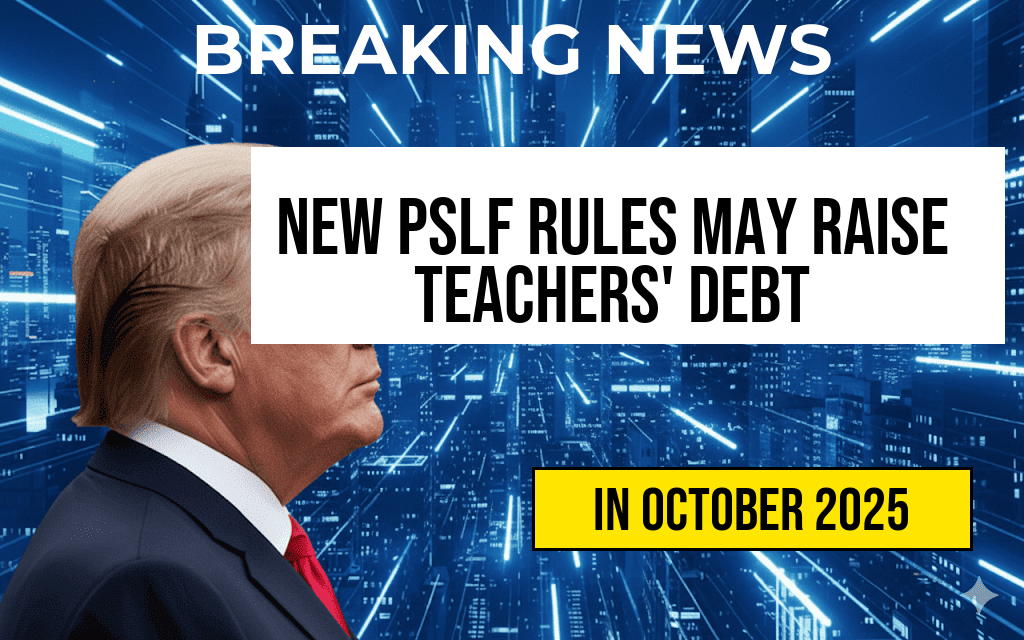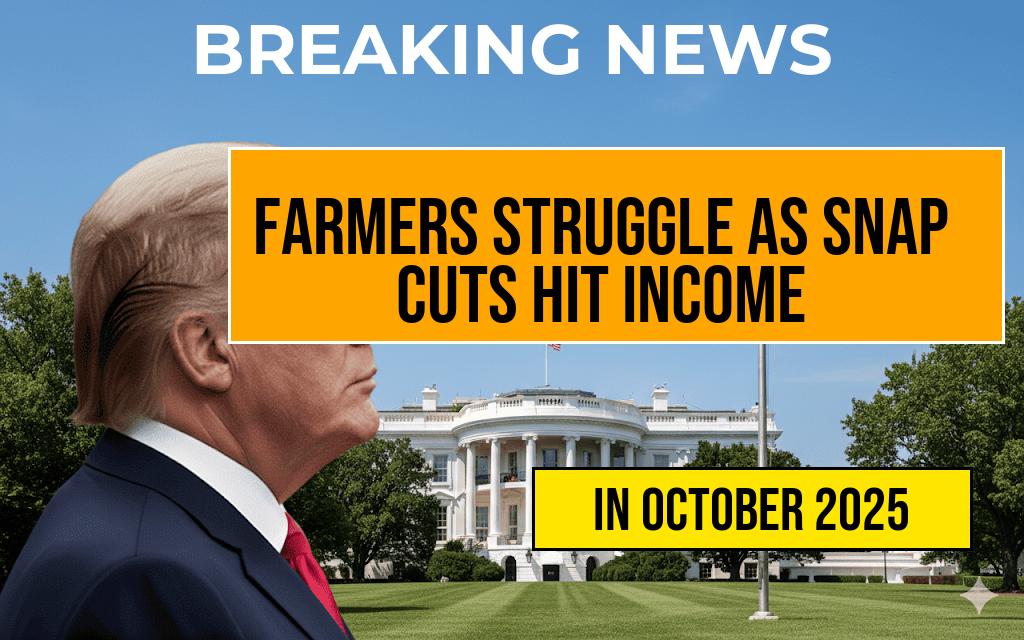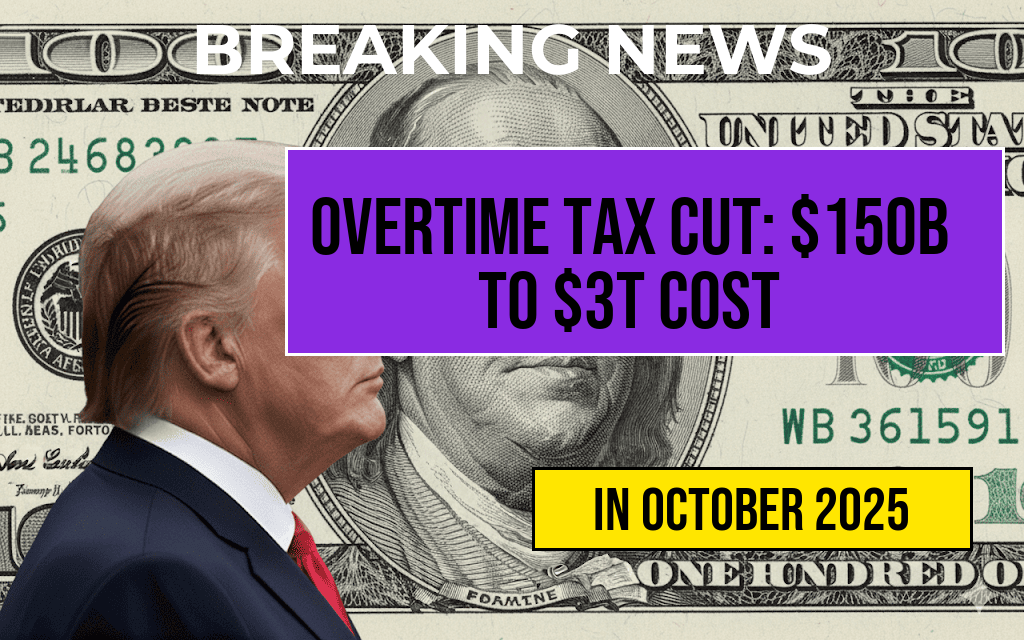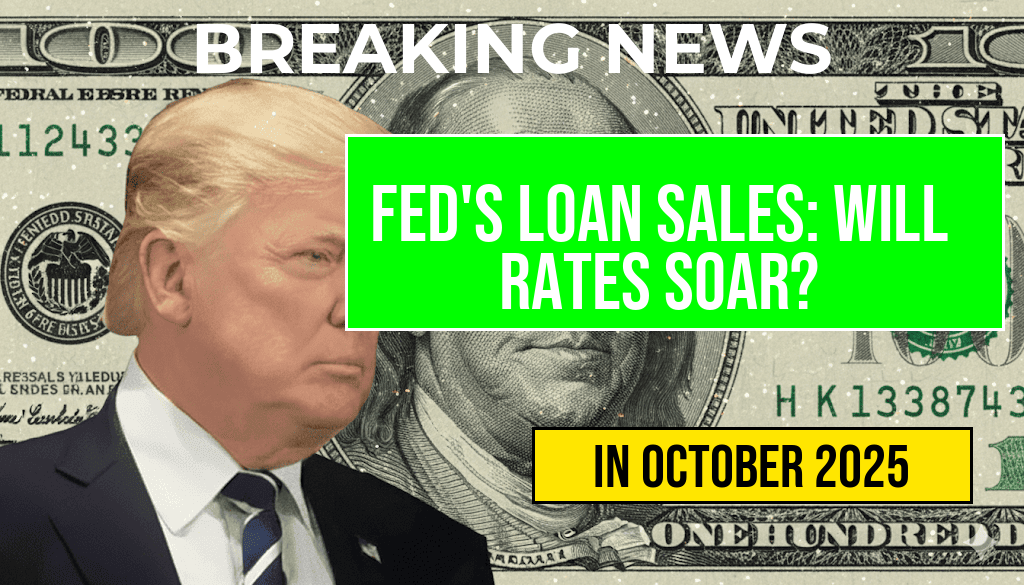Recent changes to the Public Service Loan Forgiveness (PSLF) program are raising concerns among educators as new regulations could significantly increase the cost of their student loan repayments. The revisions, which aim to tighten eligibility requirements and adjust the criteria for qualifying payments, may result in teachers facing thousands of dollars more in debt. This shift comes at a time when many educators are already grappling with financial challenges exacerbated by stagnant wages and rising living costs. As details emerge about the implications of these new rules, educators and advocacy groups are sounding alarms about the potential long-term impact on the teaching profession and public service sectors.
Understanding the PSLF Program
The PSLF program was designed to encourage individuals to pursue careers in public service by forgiving remaining student loan balances after 120 qualifying monthly payments. Initially, the program offered a clear path for teachers and other public sector employees to manage their student debt effectively.
New Regulations Explained
The recent regulatory changes, implemented by the U.S. Department of Education, are aimed at addressing perceived abuses of the program. While these adjustments are intended to create a more sustainable framework, they may inadvertently disadvantage many teachers who depend on PSLF for financial relief.
- Eligibility Restrictions: The new criteria have tightened the definitions of qualifying employment and payment plans, making it more challenging for teachers to qualify for forgiveness.
- Payment Count Adjustments: Only payments made under specific repayment plans will count towards the 120 payments required for forgiveness, potentially resetting the progress of many educators.
- Impact on Income-Driven Repayment Plans: Changes to income-driven repayment plans may also affect how much teachers owe at the end of their repayment period, potentially increasing their total loan balances.
Financial Implications for Educators
The financial implications of these new regulations are profound. Many educators who previously anticipated loan forgiveness may find themselves facing extended repayment periods, resulting in increased interest accrual and overall debt. According to recent studies, teachers could end up paying thousands more over the life of their loans due to these regulatory changes.
Case Studies: Teachers Affected
| Teacher Type | Original Loan Amount | Estimated Additional Cost | Total Repayment Period |
|---|---|---|---|
| Elementary School Teacher | $30,000 | $10,000 | 20 years |
| High School Teacher | $50,000 | $15,000 | 25 years |
| Special Education Teacher | $40,000 | $12,000 | 22 years |
Reactions from Educators and Advocacy Groups
Educators and advocacy organizations are expressing deep concern over the new regulations. Many believe that these changes could deter potential teachers from entering the profession, as the financial burden of student loans becomes increasingly daunting. The National Education Association (NEA) has issued statements urging policymakers to reconsider these changes and explore ways to alleviate the financial strain on teachers.
Calls for Action
- Advocacy for Revised Regulations: Educators and supporters are lobbying for a reassessment of the new PSLF guidelines, pushing for policies that better support public service workers.
- Financial Literacy Education: Many groups are advocating for improved financial literacy programs to help teachers navigate their repayment options effectively.
- Public Awareness Campaigns: Increased awareness about the implications of these changes is vital to mobilizing support for educators facing financial uncertainty.
As the education sector continues to face challenges, the potential for increased debt under the PSLF program serves as a critical reminder of the need for comprehensive support systems for teachers. Stakeholders are encouraged to stay informed about these developments and participate in discussions surrounding the future of student loan forgiveness in public service sectors. For more information on the PSLF program and its implications, you can visit sources such as the U.S. Department of Education or Forbes.
Frequently Asked Questions
What are the new regulations regarding the Public Service Loan Forgiveness (PSLF) program?
The new regulations aim to clarify and expand eligibility criteria for the PSLF program, potentially benefiting many teachers and other public service employees who have been struggling with their student loans.
How might these changes affect teachers specifically?
The changes could lead to teachers having to repay their loans for a longer period, potentially resulting in thousands of dollars in additional payments before qualifying for loan forgiveness.
Are there any specific criteria that teachers need to meet to qualify under the new regulations?
Yes, teachers must meet specific employment and loan criteria, including working for a qualifying employer and having eligible federal student loans to benefit from the PSLF program.
What should teachers do if they are concerned about the impact of these new regulations?
Teachers should consult their loan servicer for personalized guidance and to explore options that may mitigate the financial impact of the new PSLF regulations.
Will these new regulations affect student loan interest rates?
No, the new PSLF regulations do not change student loan interest rates; however, they may influence how long teachers must repay their loans before they can qualify for forgiveness.


